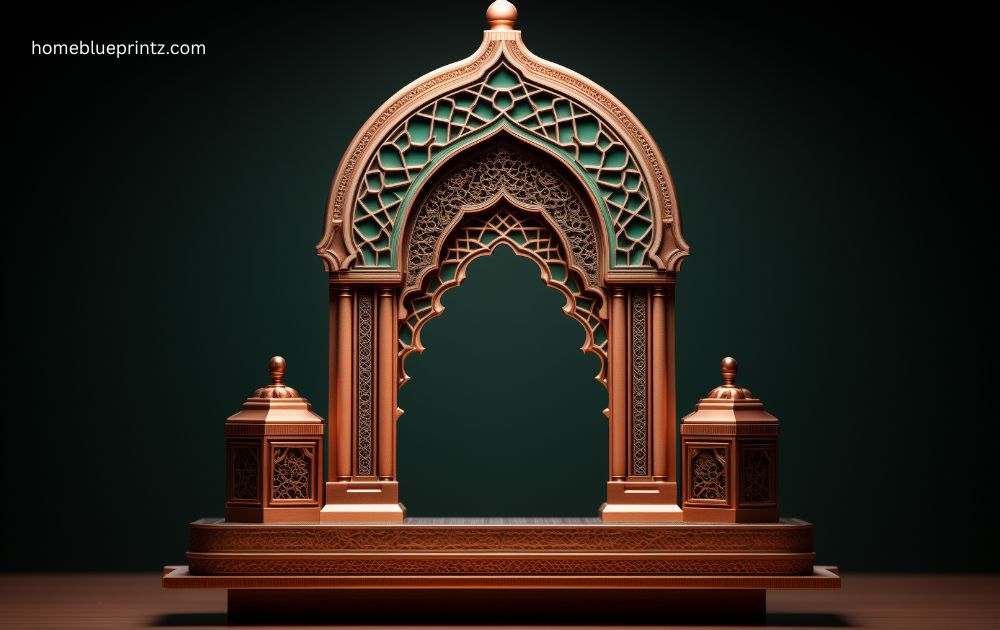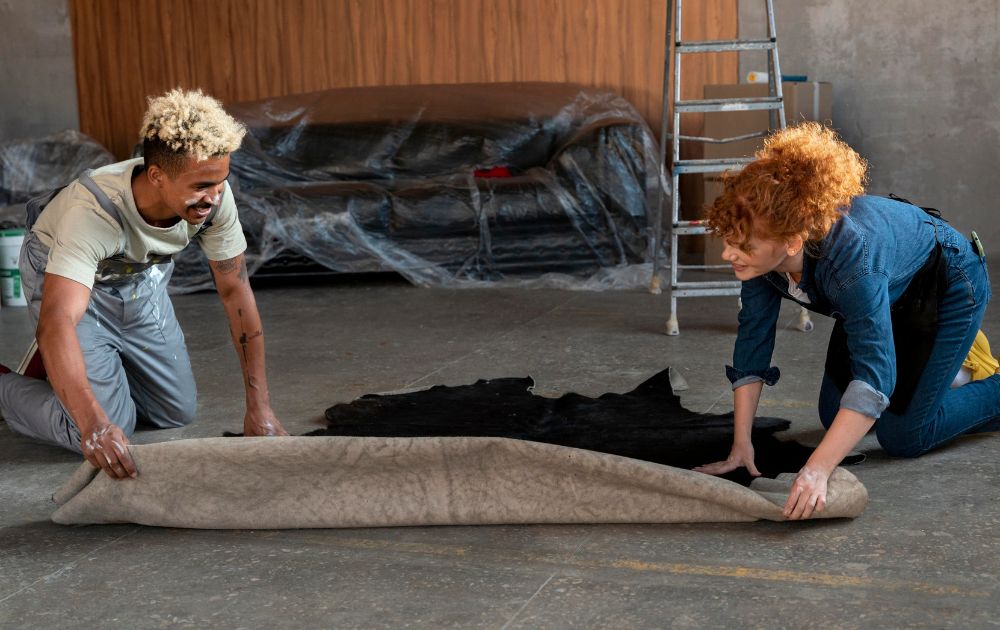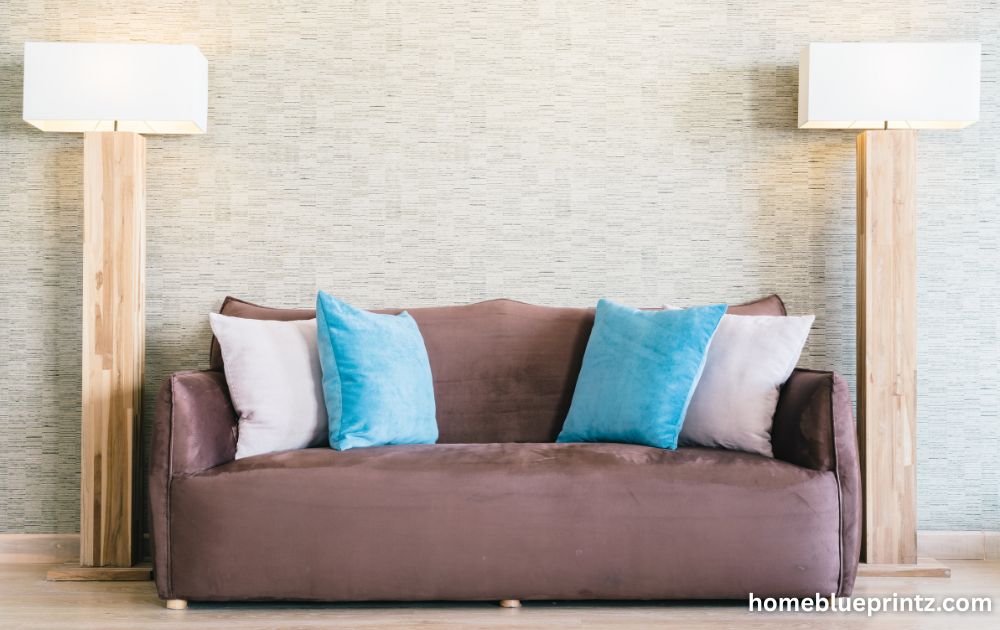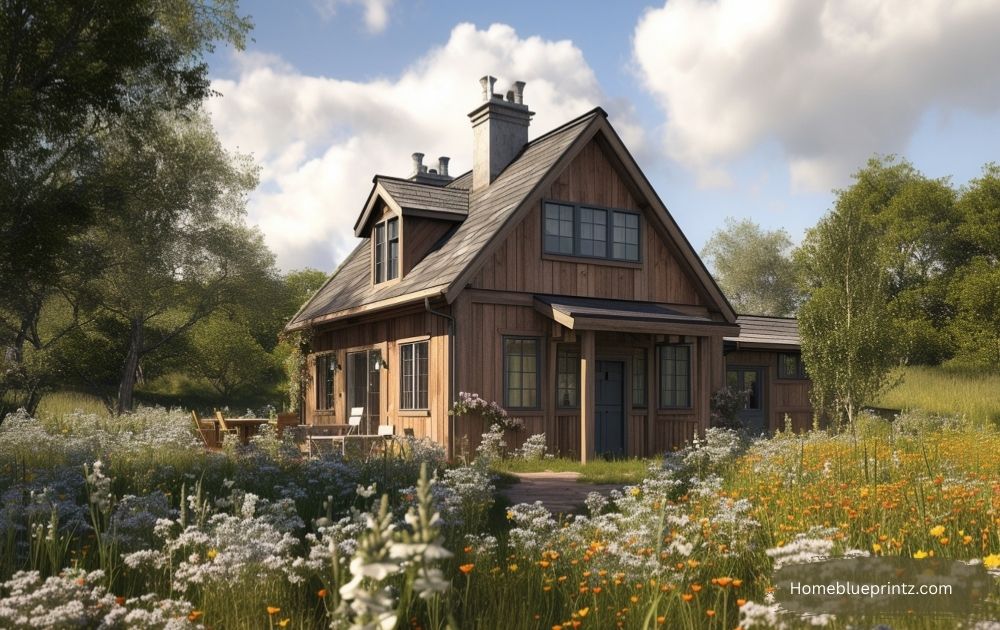The Art and Essence of Design Arch Design
Design arch design isn’t just about creating buildings it’s about crafting experiences. From the curves of an archway to the interplay of light and shadow, every element tells a story. This article explores the intricate world of architectural design, its principles, evolution, and future possibilities.
Understanding Design Arch Design
Understanding design arch design is about exploring how creativity and structure come together to shape our surroundings. It’s a blend of art, engineering, and innovation that transforms empty spaces into meaningful environments. Every design choice from layout to materials serves both purpose and beauty, creating spaces that connect people emotionally and functionally. In essence, it’s the harmony between vision and practicality that defines great architectural design.
Historical Evolution of Design Arch Design
The historical evolution of design arch design is a fascinating journey through time, blending art, culture, and technology. From the grand monuments of ancient civilizations to the sleek, functional structures of modern cities, architecture has continuously evolved to reflect human progress. Each era introduced new materials, ideas, and philosophies that shaped how we perceive and interact with space today.
Core Principles of Design Arch Design
The core principles of design arch design revolve around achieving harmony between beauty, purpose, and sustainability. Every structure must not only appeal visually but also serve a clear function while respecting the environment.
- Balance and symmetry create visual harmony.
- Functionality ensures practical use of space.
- Sustainability promotes eco-friendly design and longevity.
Elements That Define Great Architectural Design
Great architectural design is defined by the thoughtful balance of materials, space, and aesthetics that work together to create harmony and functionality. Every element contributes to how a structure feels and functions, making design both an art and a science.
- Materials and Textures – Add depth, warmth, and character.
- Space and Light – Influence mood and perception.
- Color Harmony – Brings emotion and unity to the design.
The Role of Technology in Modern Architectural Design
Technology has transformed modern architectural design into a more efficient and imaginative process. With tools like 3D modeling, digital rendering, and AI-driven software, architects can visualize and refine ideas before a single brick is laid. These innovations not only save time and resources but also open the door to new creative possibilities, allowing designs to be both functional and futuristic.
Design Arch Design in Urban Development
Design arch design plays a vital role in shaping modern urban landscapes. It focuses on creating functional, sustainable, and visually engaging cities that enhance the quality of life. By integrating green spaces, innovative materials, and smart infrastructure, architects help build environments that are both efficient and inspiring. This thoughtful approach ensures that urban development remains harmonious, balancing progress with environmental and social well-being.
Cultural Influences on Architectural Design
Cultural influences deeply shape architectural design, reflecting the traditions, values, and lifestyles of different societies. Each region’s architecture tells a story through materials, patterns, and structural styles that mirror its heritage and environment.
- Architecture expresses local customs and beliefs.
- Regional climate and materials influence design choices.
- Modern architecture often blends global and traditional styles.
Sustainable Design Arch Design
Sustainable design arch design focuses on creating environmentally responsible structures that minimize waste and conserve energy. It emphasizes the use of eco-friendly materials and energy-efficient techniques to reduce the overall carbon footprint.
- Promotes eco-conscious construction methods
- Utilizes renewable and recyclable materials
- Enhances energy efficiency and natural resource conservation
Iconic Examples of Design Arch Design
Iconic examples of design arch design showcase how creativity and engineering can transform ordinary spaces into global landmarks. These structures inspire awe and set benchmarks for architectural excellence.
- The Sydney Opera House – A masterpiece of form and function.
- Fallingwater by Frank Lloyd Wright – Perfect harmony between nature and design.
- The Burj Khalifa – A record-breaking symbol of modern innovation and vision.
How Design Arch Design Impacts Everyday Life
Design arch design touches every part of our daily lives, from the comfort of our homes to the productivity of our workplaces. Thoughtful design enhances how we interact with our surroundings, making spaces more functional, beautiful, and inspiring. Whether it’s a cozy living room, an open office layout, or a well-planned park, good architecture improves mood, efficiency, and overall well-being, shaping the way we experience the world around us.
Challenges in Design Arch Design
Design arch design faces several challenges that require creativity, adaptability, and balance. Architects must juggle practical needs, environmental concerns, and aesthetic goals while staying within budget and time limits.
- Balancing creativity with client expectations and financial constraints
- Adapting to evolving environmental and sustainability standards
- Integrating modern technology without losing artistic essence
Future Trends in Design Arch Design
The future of design arch design is moving toward innovation, sustainability, and smart technology integration. Architects are focusing on creating adaptive spaces that blend nature, simplicity, and digital efficiency to meet modern needs.
- Smart and automated buildings
- Minimalist and eco-conscious designs
- Biophilic architecture connecting people with nature
How to Pursue a Career in Architectural Design
Pursuing a career in architectural design requires a blend of creativity, technical skill, and a passion for shaping spaces. It typically begins with earning a degree in architecture or design, where students learn about structure, materials, and sustainability. Beyond academics, developing strong visualization skills and mastering digital design tools are essential. With dedication and hands-on experience, aspiring architects can turn their artistic vision into real-world masterpieces that influence how people live and interact with their surroundings.
Conclusion
Design arch design is an ever-evolving art that combines creativity with functionality. It’s about more than just buildings it’s about creating environments that inspire and nurture human life. From the past’s architectural wonders to tomorrow’s smart cities, design continues to shape how we live, work, and dream.
FAQs about design arch design
- What is the main purpose of design arch design?
It aims to create functional and aesthetically pleasing spaces that enhance human experience and reflect cultural values. - How does technology influence modern architecture?
Technology allows architects to design smarter, more efficient, and sustainable structures using advanced modeling tools. - What are some sustainable materials used in design arch design?
Bamboo, reclaimed wood, recycled steel, and glass are among the top eco-friendly materials. - What are the current trends in architectural design?
Minimalism, smart home integration, and biophilic designs are leading the way in modern architecture. - Why is lighting important in architectural design?
Lighting enhances mood, highlights features, and makes spaces feel more open and inviting.
Share this content:














Post Comment